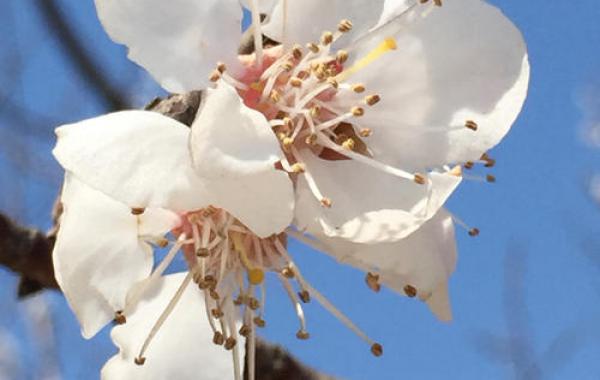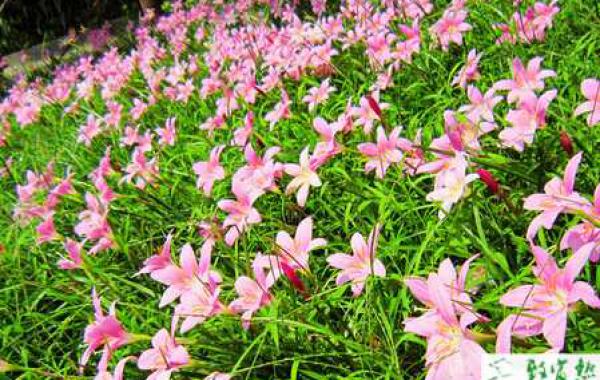What method can be used to promote orchid blooming?

What method can promote orchid blossom.
If we want to effectively promote the flowering of orchids, we must take certain measures. Here are a few points of knowledge we need to master:
First, light. Light is the main factor to promote the bud formation of orchid plants. The intensity of light varies greatly with different species of orchids. In general, when flower buds are being formed, if the orchid plant is put under bright light, the red, dark red and yellow colors will deepen when flowering. For orchid plants with green or white flowers, the light intensity should be reduced as soon as possible when the bud appears, so as to ensure that the color of the flowers is more elegant, and then re-give more light after flowering. In general, orchids need 2 to 3 hours of light. The leaves are soft and moderately green, indicating normal light. The leaves are dark green and soft, indicating the need for more light, while the yellowish leaves mean less light.
Second, temperature. To promote orchid blossom, it is necessary to make the temperature difference between day and night about 10 degrees Celsius, that is, the temperature of 18 to 21 degrees Celsius during the day and 7 to 10 degrees Celsius at night grows best and blossoms more. When the temperature is high at night, the leaves of the orchid plant will be soft and the flower buds will fall off. Too low temperature can cause blind buds and spots on the leaves. The flowers show brown spots when they are damaged by low temperature when they bloom.
Third, watering. The amount of watering is also the main condition for orchid flowering, and the moisture should be well controlled. If there is too much water, the orchid plant will grow and it is not easy to grow buds. Proper moisture is one of the ways to promote blooming. However, due to the lack of water, the phenomenon of clamping will occur in order to work.
First, temperature. To promote orchid blossom, it is necessary to make a temperature difference of about 10 degrees Celsius between day and night, that is, 18 to 21 degrees Celsius during the day and 7 to 10 degrees Celsius at night. When the temperature is high at night, the leaves of the orchid plant will be soft and the flower buds will fall off. Too low temperature can cause blind buds and spots on the leaves. The flowers show brown spots when they are damaged by low temperature when they bloom.
Second, watering. The amount of watering is also the main condition for orchid flowering, and the moisture should be well controlled. If there is too much water, the orchid plant will grow and it is not easy to grow buds. Proper moisture is one of the ways to promote flowering. However, when there is a lack of water, the phenomenon of clamping will occur.
Third, light. Light is the main factor to promote the bud formation of orchid plants. The intensity of light varies greatly with different species of orchids. In general, when flower buds are being formed, if the orchid plant is put in quite bright light, the red, dark red and yellow colors will be deepened when flowering. For orchid plants with green or white flowers, the light intensity should be reduced as soon as possible when the bud appears, so as to ensure that the color of the flowers is more elegant, and then re-give more light after flowering. In general, orchids need 2 to 3 hours of light. The leaves are soft and moderately green, indicating normal light. The leaves are dark green and soft, indicating the need for more light, while the yellowish leaves mean less light.
Related
- Is the orchid suitable for indoor use? Is it good for the body?
- How to prevent the empty root of orchids?
- What to do after the crab claw orchid is withered?
- Why are the leaves of orchids always yellow? Fertilizing and watering.
- Can the root of the gentleman orchid be saved if it is rotten?
- Diagnosis and treatment of cotton-blowing beetle insects in Cymbidium
- There is a way for a gentleman's orchid to rot.
- What is the most suitable temperature and humidity for the orchid?
- How to raise a gentleman's orchid? Cultivation techniques of Cymbidium
- How to prepare the nutritive soil for the cultivation of Cymbidium



